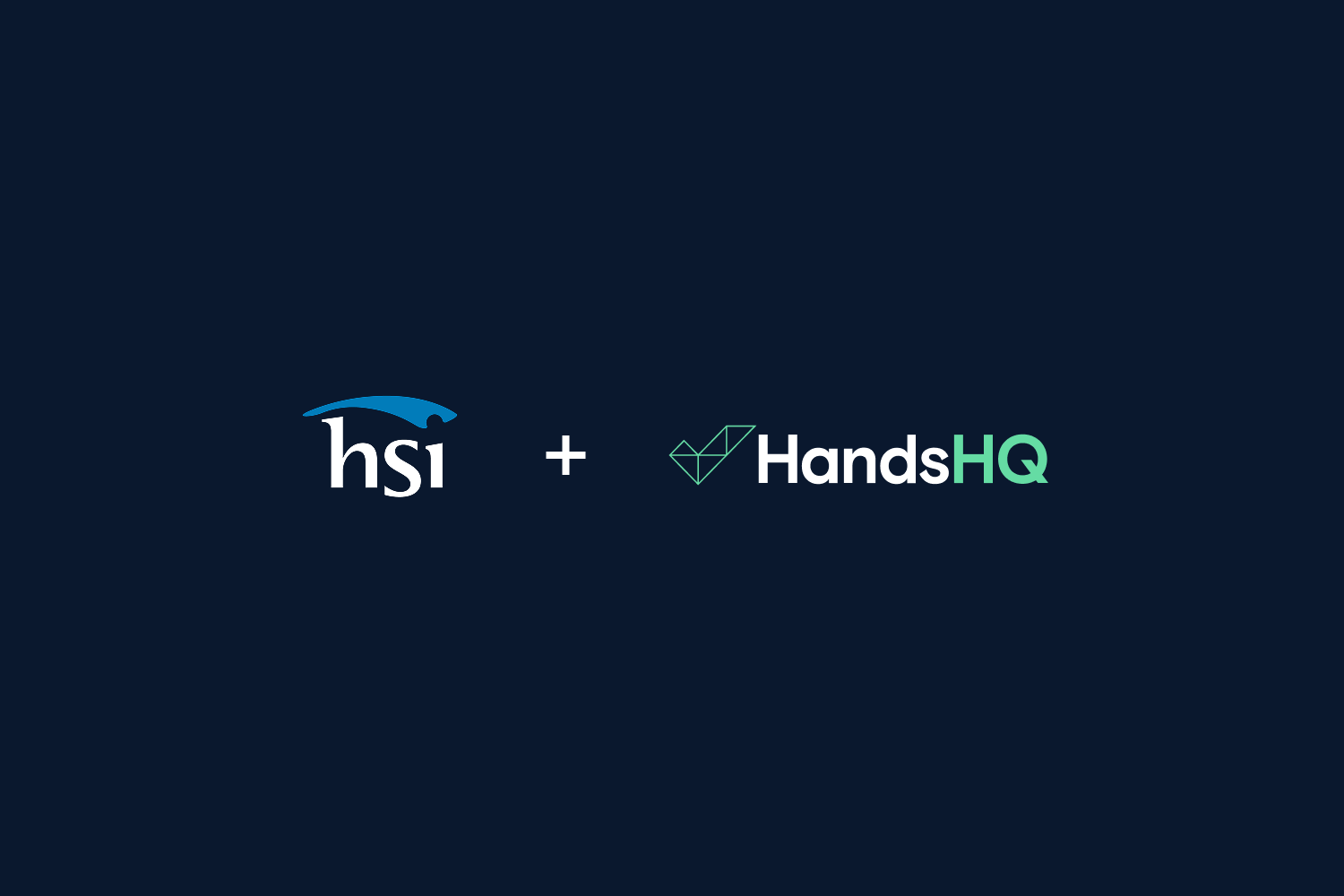Safety professionals are often tasked with organising training for businesses in high-risk industries, although help is needed from our friends over in HR and learning & development (L&D).
However, as teams grow and tracking training becomes more complex, it isn’t obvious whether a business should implement a training matrix or a learning management system (LMS) to stay organised, compliant and safe.
Why manage training across the business?
Before diving in, let’s look at why you need to manage training across the business:
- Track new starters - ensure effective onboarding
- Monitoring employee development - grow and retain your best talent
- Ensure effective training - Value for money
- Coordinate refreshers - Reduce lost time and effort
- Document a competent and compliant workforce - Confidence for your clients and liabilities
So the importance of managing training is clear; however, what is the best way to do this? Let’s take a look at a training matrix vs. an LMS.
What is a training matrix?
A training matrix (sometimes known as a skills matrix) is typically used by businesses that carry out high risk work to ensure personnel have the training they need to carry out their work safely.
A training matrix is commonly in the form of a spreadsheet, consisting of a row for each personnel, and a column for each training requirement. The cell where the personnel row and the training requirement intersect is where the training is recorded, usually with the date that training expires. Simple and effective.
A more advanced training matrix can also define the competencies required for each role in an organisation, making it easier to identify the gap between personnel training and needs of training, known as training needs analysis.
A spreadsheet is a suitable solution for managing training, but it isn’t without its limitations. When a spreadsheet-based training matrix is used to track training for more than 10-20 personnel, the following issues occur:
- The matrix becomes too large to easily read and maintain
- Expired or missing training requirements are easy to miss
- There are no email notifications to alert you to upcoming expiry dates
- There’s no easy way to attach training records such as certificates
Purpose-built software such as HandsHQ’s training matrix software overcome these limitations by simply highlighting where training is expired or missing, sending email reminders and storing records of training in one place with easy and quick reporting.

An example of a training matrix spreadsheet
What is a learning management system (LMS)?
An LMS is software, typically accessed through the browser (known as a web app) that provides the functionality to handle all aspects of learning. It’s where you can create, store, deliver and track your training content.
Unlike a training matrix which is typically used in high-risk industries, LMSs are used by a wide range of organisations across all disciplines, like sales, marketing or customer support training.
As such, health and safety teams might find the functionality of the LMSs available overwhelming and not applicable to their requirements. Two of the big names in the LMS space are TalentLMS and 360Learning.
Training requirements for ISO 45001
Besides being more organised, less reactive and protecting liabilities of the business, there is an extra bonus for businesses looking to achieve or maintain ISO certifications. Take a look at the competence requirement within ISO 45001:
‘The organisation must determine the competence requirements for those workers that affect, or could affect, its OH&S performance. This requirement also pertains to workers operating under the control of the organisation such as contractors, agency workers, etc’
So having a training matrix or LMS will demonstrate compliance to this requirement, and ultimately prove that you are in control of training across the organisation.
Do I need a training matrix or an LMS?
In summary, a training matrix tracks training, whereas an LMS tracks and delivers (eLearning) training. It might sound like an LMS is the obvious solution, but if your training courses are delivered in-person, an LMS probably isn’t the best solution for you.
So the answer is, it depends on your business. However, if you feel like you need both then you’re in luck! HandsHQ’s Training Register is a hybrid of a training matrix and an LMS. It’s built for managing the complex training requirements of high-risk work, whilst also delivering eLearning content, thanks to our partnership with iHASCO.
You can give HandsHQ’s Training Register a try free for 14 days.
.png)




